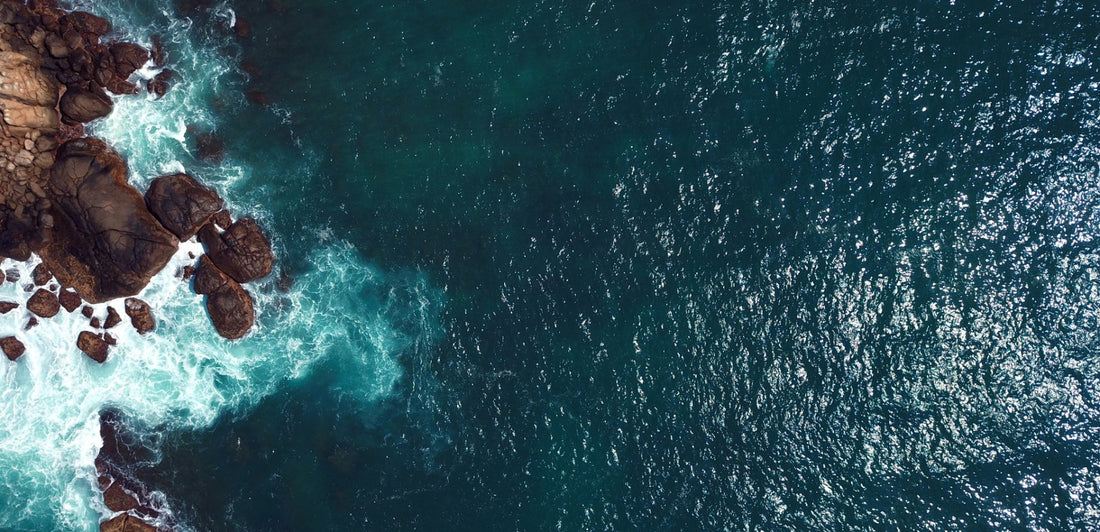Ever wondered how any piece of sustainable clothing is named? Do you even notice what an eco jacket or pair of sustainable jeans are called? It may not always be the most pressing of concerns, but nevertheless, life for us and our community would be made infinitely more difficult if we failed to name every eco-friendly dress or pair of sustainable socks. Here we detail the basic tenets of our naming process.

It All Started With Islands
Unless you are completely new to the TWOTHIRDS sustainable fashion brand, you will know that we are more than just a little bit obsessed with the Big Blue. Our company’s mission statement from the very beginning has been to protect what we love most: our ocean. It therefore stands to reason that the eco clothing names we select align with the rest of our marine-inspired branding.

Since the launch of our very first styles, way back in 2010, the majority of our eco clothing pieces have borrowed their names from islands. Our expert ethical fashion designers, having exhausted all the islands in the Mediterranean, then trawled the internet to find island inspiration from across the globe.
You might think that after having released thousands of sustainable t-shirts and sustainable jackets into the world we would have run out of island names to choose from by now. Luckily for us there are over 900,000 official islands worldwide, although it should be said that not all of them have suitable names. For example, the Disappointment Islands in French Polynesia wouldn’t exactly be ideal for describing new sustainable underwear or eco-friendly knitwear.
Most of our new eco fashion collections continue to feature pieces of sustainable clothing named after islets, archipelagos and atolls, apart from a few key exceptions…
Kids Love The Beach
Last year we launched our much-awaited eco fashion line for kids, Children of the Ocean. While wanting to harness our community’s passion for the ocean, we also wanted our sustainable kids clothing to have an identity all of its own. It is for this reason that our designers decided to use beach names instead of island names for all new pieces of ethical clothing for kids. The only time this isn’t true is for our sustainable backpacks and eco-friendly pencil cases, where we keep things nice and simple to avoid confusion by using more generic product names.

One of the nice things about all our sustainable pants and eco-friendly sweatshirts for kids being named after beaches is that each garment can act as inspiration for your next family road trip or holiday. This is made all the cuter by the fact that our new Limited Edition Mini-Me looks (designed for mother and child) are crafted entirely from in-house deadstock fabric, thus reducing our brand’s fabric waste output, which in turn keeps beaches nice and clean.
Deadstock Limited Edition - A Different Approach
While the majority of our sustainable clothing for adults and kids is named after natural landmarks, there is one exception: our Limited Edition collections for adults. Always made from a mixture of deadstock yarn or deadstock fabric, sometimes only as few as eight pieces are made of each sustainable knit or ethical t-shirt. To enhance that feeling of owning a one-of-a-kind piece of slow fashion history, our designers often give pieces abstract code names like LEW_PUZZ or LE S04.

These names relate directly to things like the production process and material selection that’s involved to create a finished eco fashion article. The thinking is that this will appeal to eco-minded fashion consumers who expect supply chain transparency from the eco-clothing brand they support.
Men’s Line Might Buck The Island Trend

Ever the ethical menswear trend setter, our men’s designer Toni Ramos is reportedly considering whether to buck the TWOTHIRDS naming trend by moving away from islands to use the names of oceans and seas instead. We look forward to seeing the Atlantic sustainable sweater or perhaps the Indian ethical jeans very soon!









